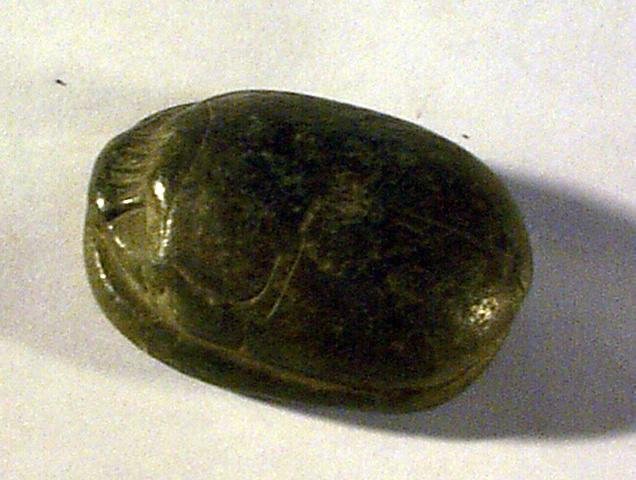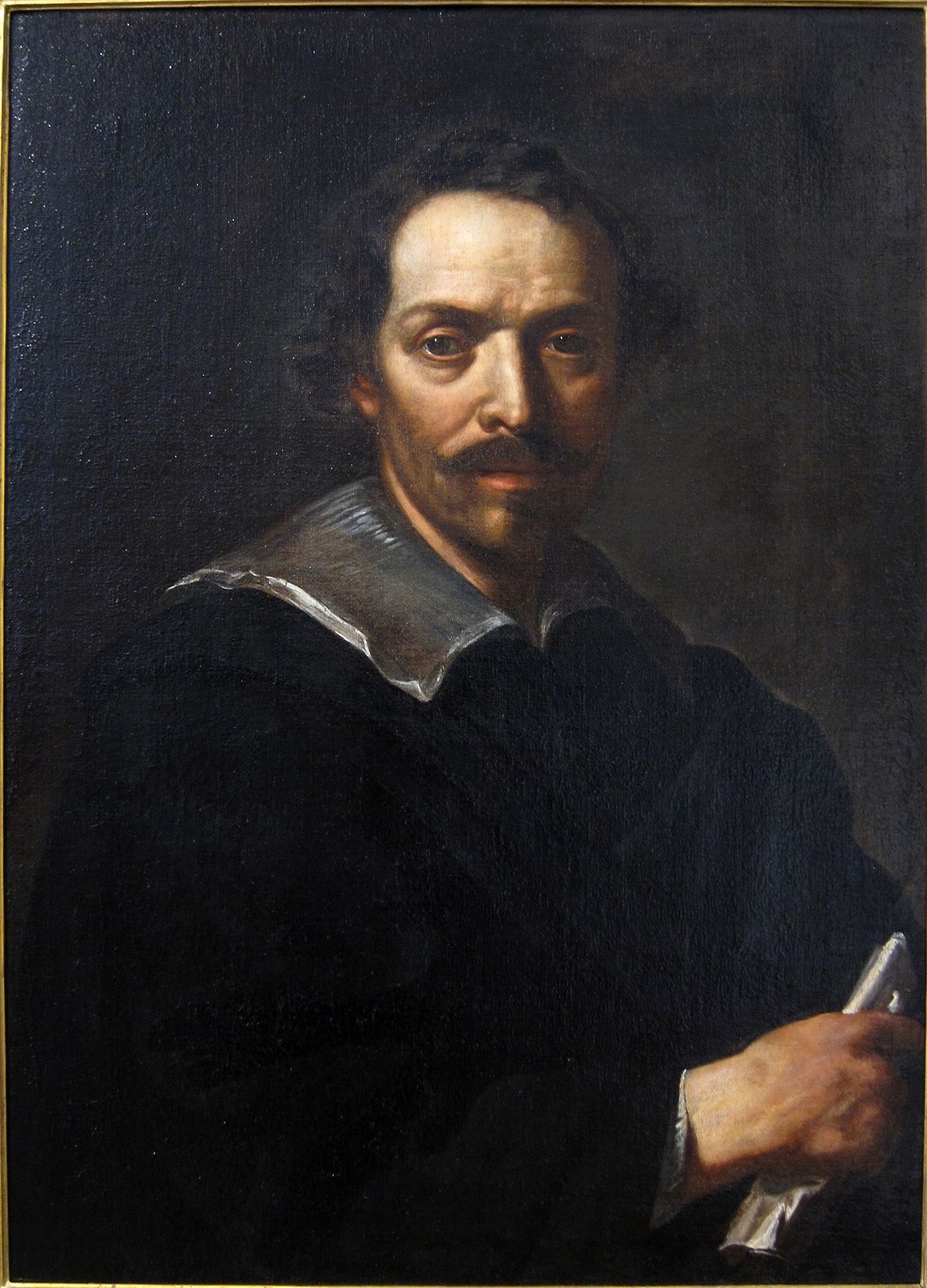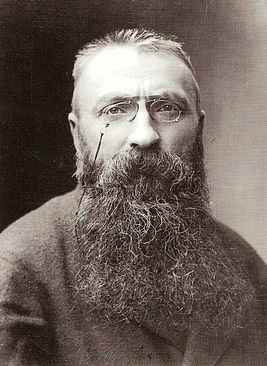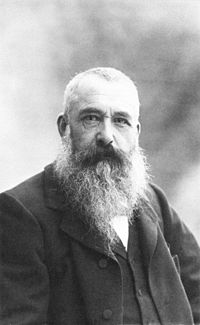
Author
Claes Peter
Creation period:
1648
Material, technique:
tree, oil
The size:
40.0х54.0 cm
Place of creation:
unknown
Inventory number:
Zh-461

Author
Heremans Thomas
Creation period:
1696
Material, technique:
tree, oil
The size:
48.0 x63.0 cm
Place of creation:
unknown
Inventory number:
Zh-460

Master
unknown
Creation period:
I millennium BC
Material, technique:
a rock
The size:
4.9х3.9 cm
Place of creation:
unknown
Number on MIC (KP):
KP-5106
Inventory number:
DV-36

Author
Roerich Nikolai Konstantinovich
Creation period:
1901
Material, technique:
canvas, oil
The size:
121.0х350.0 cm
Place of creation:
unknown
Number on MIC (KP):
VOHM KP-8602
Inventory number:
Zh-310

November 1, 1596, was born one of the most famous Italian Baroque masters Pietro da Cortona. His paintings are filled with light and air, the compositions are dynamic and sophisticated, baroque does not like static poses, and Cortona is a vivid example of the embodiment of this baroque principle.
Pietro Berrettini, this is the real name of the artist, studied in Cortona in 1609 – 1612., why he received the nickname “from Cortona”. The talent of the young painter was noticed by Pope Urban VIII, and, being under his patronage, Pietro daCortona moved to Rome.
His most famous work is the plafond of the Roman palazzo Barberini “The Triumph of Divine Providence.” It presents an allegorical composition that glorifies Pope Urban VIII, a member of the Barberini family. Inside the illusionistically interpreted architectural frame of the central part of the plafond, a fragment of the sky with clouds and a multitude of figures in fluttering clothes opens. The twisted lines lead the viewer to the heart of the composition, to where the angels hold the papal tiara and the keys of St. Peter, symbolizing the papal virtue of Urban VIII. Work on the plafond of the Palazzo Barberini continued from 1633 to 1639.
The paintings and frescoes and Cortona are characterized by rich allegorical content and complex symbolism, a classic, clearly thought out composition, combined with a turbulent, theatrical expression.
In architecture, the talent of Pietro da Cortona manifested itself with no less brightness. In his most significant buildings in Rome: the Villa Sacchetti (1625-1630), the churches of Saints Luke and Martina (1634-1650), Santa Maria in-Viva Lata (1658-1662) – Pietro da Cortona showed himself as an outstanding architect of the Baroque . One example of his great talent is the ensemble of the square with the church of Santa Maria della Pace, which graphically embodies the urban principles of the Roman Baroque. Dynamism, a few theatrical effect, masterful use of convex and concave surfaces are different buildings of Pietro da Cortona.
Pietro da Cortona died in Rome on May 16, 1669.

175 years ago on November 12, 1840, the outstanding sculptor Auguste Rodin was born. A great rebel and an experimenter, he was able to breathe life into sculpture, transmitting in the plastic of the body the whole spectrum of human emotions.
Rodin was born in a poor family, his father was a small servant, and his mother – a simple maid. The desire of his son to become an artist did not cause the approval of his parents, but thanks to the support of his older sister, Auguste was allowed to enter the free drawing school, where he studied for 3 years. After graduation and three unsuccessful attempts to enter the School of Fine Arts, Rodin gets a job as a decorator.
In 1864, at the Paris Salon Auguste Rodin, an attempt was made to show his first work – “A Man with a Broken Nose.” The attempt was unsuccessful, the unusual work shocked the public.
From 1864 to 1870 years. Rodin worked in the workshop of Albert Carrière-Bériz, creating decorative sculptures, then from 1871 to 1877. worked in Brussels. The work of this period is almost not preserved or it is difficult to identify them, since the sculptor did not sign them.
His best sculptures he created already in adulthood. In 1880, the government instructed Rodin to formalize the central entrance to the Museum of Decorative Arts under construction in Paris. Above this work the master worked almost to the end of his life, calling it the “Gates of Hell”, which became Rodin’s greatest creation.
The life of Auguste Rodin is famous for two stories of love – the devoted Rose Børe, with whom the sculptor lived for more than half a century in a civil marriage and married at the age of 76 two weeks before her death, and the passionate Camilla Claudel, who, despite her talent, and the mistress of the great Rodin.

November 14, 1840 was born French painter, one of the founders of impressionism Claude Monet. The new direction received its name due to the artist’s painting “Impression. Sunrise”. Impressionists wanted to convey in their works the variability of life, the freshness of the first impression. The artist’s paintings – as if accidentally snatched the moment, relief strokes convey the trembling foliage, sunlight or a light morning mist.
Claude Monet’s father was a grocer and wanted to give his son his job, however, the routine work of the future artist’s interest did not cause. At the age of 14-15, Monet was carried away by a caricature, and this occupation soon became his income – he began to sell his drawings for 15-20 francs. The acquaintance of Monet with Eugene Boudin aroused interest in painting. In the late 50-ies of the XIX century, he moved to Paris to get an education. In the capital, Monet meets artists such as Degas, Pissarro, Cezanne, Renoir, Sisley, and this meeting will forever change the world history of art.
While working on the color transfer, Monet avoids mixing the colors on the palette, preferring to have a series of clean brush strokes that “mix” in the eye of the viewer, create a sense of movement. This and other innovations were not supported by Salon, caused misunderstanding of the public and rejection of criticism, Impressionist paintings were not bought. For a long time, Claude Monet lived in great need.
His favorite model was his wife – Camilla Donsier. She is depicted in the pictures “Lady in Green”, “Women in the Garden” and others. Madame Monet gave birth to two sons, but the second birth in 1878 shook her health. Camilla died in 1879, Claude Monet wrote a touching posthumous portrait of his wife.
Monet’s paintings are scattered all over the world. In Russia, the Pushkin Museum. A.S. Pushkin there are such famous paintings as “Lilac in the Sun” in 1873 and “Breakfast on the grass” in 1866. The picture “Parliament, the effect of fog” is in St. Petersburg in the Hermitage.

Boris Kustodiev began his career as a portraitist. However, while still studying at the St. Petersburg Academy of Arts, the artist chooses a genre theme for competitive work and goes in search of nature to the Kostroma gubernia. On the account of Kustodiev an impressive number of works written at the junction of the portrait and genre painting. Kustodiev creates works where the model is closely related to what surrounds it, whether it is the interior of a room or a landscape. Thus, the artist emphasizes the individuality of the person depicted, reveals his inner world. Outstanding in this direction creations are self-portrait of Kustodiev, a portrait of Shalyapin.
“… the real Kustodiev is a Russian fair, pestrel,” big-eyed “calico, a barbarian” paint fight, “a Russian posad and a Russian village, with their harmonics, gingerbread, fancy girls and dashing guys …”, wrote the artist, art historian Alexander Benois .
Indeed, the talent of Boris Kustodiev fully manifested itself in genre works, images of bright peasant and petty-bourgeois life. Kustodiyev’s works are characterized by features of modernity, there is a naive decorativeness. The works of Boris Kustodiev in such a bright, non-standard form show Russian life, reveal the Russian soul. Sometimes it seems that in the paintings of Kustodiev, a fairy tale, a dream of provincial life.
In some works of Boris Kustodiev irony shows. It is with irony that the artist depicts a merchant’s life. Let’s recall at least the picture of “Merchant for tea”.
There are also theatrical works of the artist, along which it is also possible to trace the development of the master. If at first the scenery created by Kustodiyev was bright and complex, then later they became simpler, giving more freedom for the director’s work.
A new direction in the artist’s work appeared after 1917. Boris Kustodiyev positively took the revolution, believing that it will bring change for the better. The artist created revolutionary posters, thought through the design of streets.
Back in 1909 Boris Kustodiev had a serious spinal cord disease. Despite the treatment, the disease progressed, paralysis of the legs came, but even in this condition the artist continued to work, creating juicy, memorable images.

One of the great baroque masters was born on November 17, 1666 in Tuscany, where thanks to an amazing talent he was under the patronage of the Grand Duke of Tuscany Cosimo III of the Medici.
Since 1690, Lutti lived and worked in Rome, where he also enjoyed the location of the nobility. His paintings on religious or mythological subjects were in great demand. Painting Benedetto Luti features softness and smoothness of gestures, bright, but at the same time a subtle color palette, in his works the rococo era is felt.
Luti was a virtuoso draftsman and became widely known among descendants precisely because of portraits, which he was one of the first to paint with pastels, which had previously been used exclusively for sketching.
In addition to painting, Benedetto Luti successfully engaged in the sale of works of art and directed the art school founded by him. Among his pupils were Giovanni Panini, Placido Costanzi, Jean-Baptiste van Loo and his brother Charles-Andre van Loo.
Image: Luti Benedetto. A boy with a flute. OK. 1720. The State Hermitage.

Nikolai Petrov – painter, watercolorist, author of genre paintings, landscapes. A native of Beketovo village of Nizhnedevitsky district of Voronezh province. Nikolai Petrov studied at the Petersburg Academy of Arts with Ilya Repin. Every summer during his studies the artist traveled around Russia.
In 1901, Nikolai Petrov was awarded the title of artist for the painting “Evening in the village.” In 1904 he appeared as a founding member of the “New Society of Artists”. In 1908, for the painting “Hall in Raksha” received a gold medal at the International Art Exhibition in Munich. Took part in the international exhibition in Rome. In 1916 Petrov received the title of academician of painting.
“Stand out like pearls … with genuine love for the olden days and the knowledge of watercolors painted interiors of Petrova,” wrote the critic Makovsky.
The artist paid much attention not only to his work, but also to teaching.
In 1973, a solo exhibition of Nikolai Petrov was held in Voronezh.
*Top photo: N.F. Petrov. Self-portrait. 1890s © VOKhM im. I.N. Kramskoy